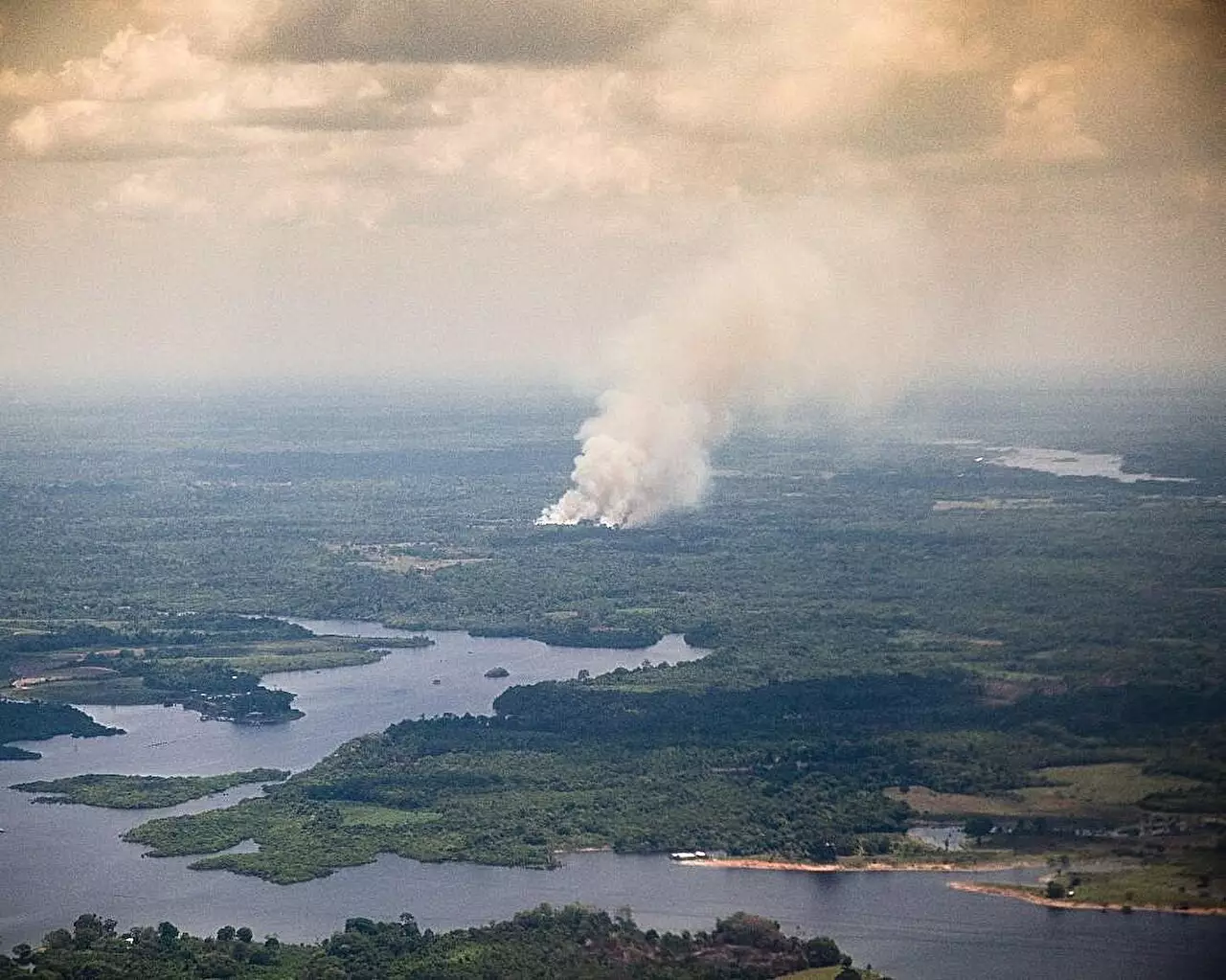Wildfires are a significant natural phenomenon that poses multifaceted threats to both the environment and human health. While the immediate dangers, such as loss of lives and property, receive considerable attention, the long-term implications of wildfire smoke on air quality, climate, and human health remain inadequately explored. Emerging research indicates that ultrafine particles (UFPs) — tiny particles that are less than 100 nanometers in diameter — are often neglected in discussions about smoke’s effects. This article delves into how these particles impact air quality and weather patterns, illuminating the need for a comprehensive understanding of their role in climate dynamics.
Smoke from wildfires comprises a complex mixture of particles and gases that significantly deteriorate air quality. Larger particles are typically associated with visible smoke, but their smaller counterparts, UFPs, have lingering effects that extend beyond immediate visibility. Ultrafine particles, which can penetrate deep into the lungs and even enter the bloodstream, pose severe health risks, including respiratory diseases and cardiovascular problems. Their small size allows them to travel long distances, influencing air quality in regions far from the fire itself.
Traditionally, it was believed that UFPs were short-lived, rapidly combining with larger particles in the smoke, thereby diminishing their presence. However, recent research, particularly studies conducted over the Amazon rainforest, has brought to light the abundance of UFPs in fresh vegetation fire smoke. Researchers utilized advanced aircraft measurements and high-resolution modeling to challenge prevailing assumptions about particle dynamics in smoke. Their findings suggest that, contrary to earlier beliefs, UFPs can form and persist due to efficient mechanisms that surpass the scavenging effects of their larger counterparts.
Implications for Weather and Climate
The implications of this discovery extend to weather patterns and climate change. UFPs can influence cloud formation and precipitation dynamics. The high-resolution Weather Research and Forecasting Model coupled with chemistry (WRF-Chem) simulations indicates that these particles can intensify storm development, potentially leading to heavier rains and larger anvil clouds. In stark contrast, larger particles emitted during wildfires can inhibit rain formation, disrupting natural precipitation processes. This duality underscores an intricate relationship between fire emissions and atmospheric behavior, necessitating further scrutiny.
An intriguing aspect of this new research is the clarification of how UFPs are produced in wildfire smoke. The authors present mechanisms involving the emission of dimethyl amines (DMAs) and the chemical production of sulfuric acid and volatile organic compounds. This nuanced understanding emphasizes the importance of incorporating DMA emissions into models that simulate smoke impacts. Adjustments to emission rates based on observed data lead to more accurate representations of particle size distributions and their potential atmospheric interactions.
Research Gaps and Future Directions
While this research makes considerable strides in understanding UFPs, significant gaps remain. Earth system models have traditionally overlooked the secondary formation of ultrafine particles due to a misunderstanding of their lifecycle in smoke. A better grasp of how these particles impact cloud formation, precipitation, and long-term climate conditions is essential. Future research should focus on quantifying the effects of UFPs on atmospheric chemistry, weather systems, and their role in climate feedback mechanisms.
The resurgence of interest in UFPs associated with wildfire smoke marks a critical turning point in our understanding of air quality and climate processes. As wildfires become increasingly frequent and intense due to climate change, comprehending the full spectrum of their environmental impacts is paramount. Addressing gaps in current research will not only refine predictive models but also inform public health policies and environmental management strategies. Ultimately, acknowledging the intricate interplay between UFPs, weather patterns, and climate change is essential for safeguarding both human health and our planet’s ecological balance.

